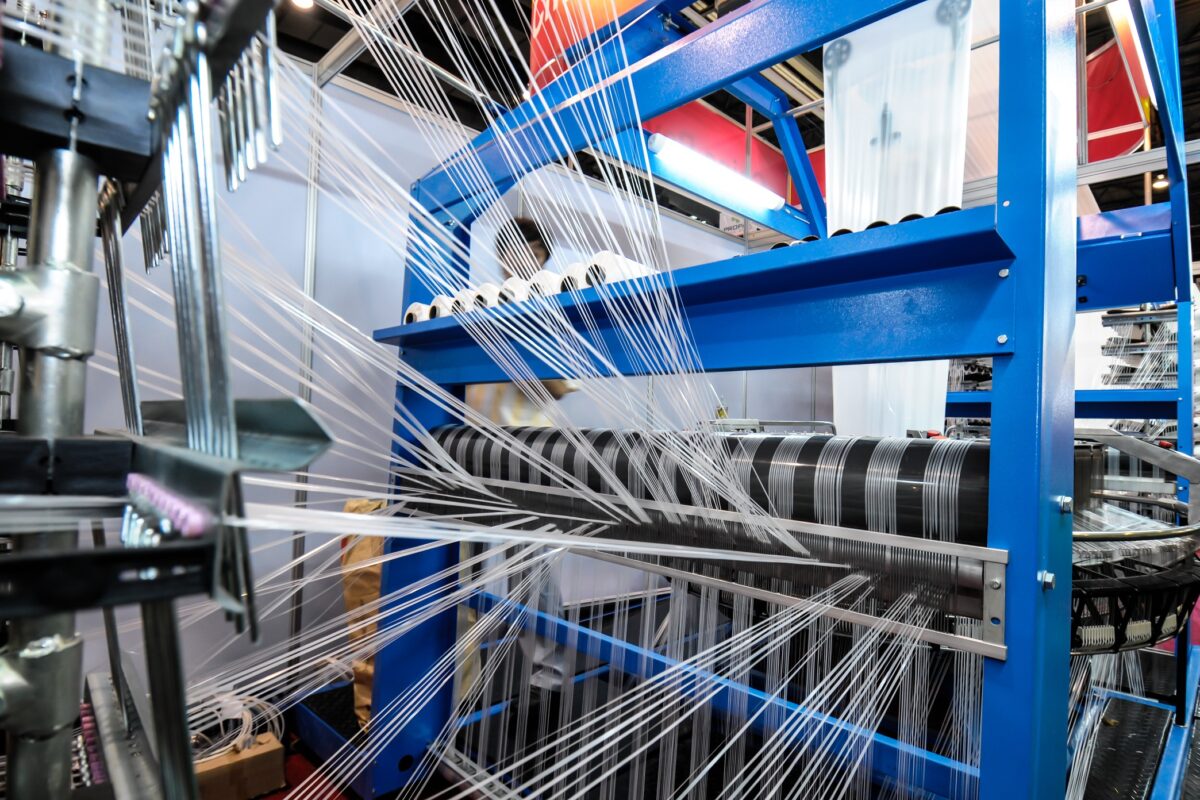
The Indian textile and apparel industry is approaching the Union Budget2025-26 with a mix of anticipation and urgency. After navigating a challenging 2024 marked by supply chain disruptions, rising raw material costs, and subdued demand, the sector is looking to the government for crucial policy interventions. With the global landscape shifting due to factors like the Bangladesh crisis and the ‘China plus one’ strategy, the Indian textile industry sees a significant opportunity to increase its global market share. However, realizing this potential hinges on the upcoming Budget addressing key concerns.
Major demands and expectations
Several industry bodies, including the Clothing Manufacturers Association of India (CMAI), the Apparel Export Promotion Council (AEPC), and the Confederation of Indian Textile Industry (CITI), have presented their recommendations to the Finance Ministry. These can be broadly categorized as follows:
1: Boosting domestic manufacturing and MSME support
MSMEs form the backbone of the Indian textile industry, contributing significantly to employment, especially for women and marginalized communities. The industry is urging the government to:
• Extend the Production Linked Incentive (PLI) scheme to all garment categories: Currently, the PLI scheme primarily focuses on synthetic products. Extending it to all garment categories would incentivize investment and boost production across the sector. As Santosh Kataria, President of CMAI, stated, "While the existing PLI scheme for textiles has made some progress, its focus has been predominantly on synthetic products… To maximise the sector’s potential, it is critical to extend the PLI scheme to encompass all categories of garments."
• Provide interest subvention benefits for the domestic garment sector: The high working capital requirements of the garment sector, especially for MSMEs, necessitate financial support. A reduced interest rate, similar to the Priority Sector Lending (PSL) rate for agriculture, has been proposed.
• Recognize MSMEs as secured creditors in NCLT cases: This would provide them with better financial security and improve payment recovery during insolvency proceedings.
• Simplify compliance procedures and provide tax incentives: This would ease the burden on MSMEs and encourage growth. Harsh Somaiya, Co-founder of The Bear House, highlighted the need for "a reduction in GST rates on job work activities like stitching and embroidery" to alleviate cost pressures.
• Incentivize domestic manufacturing: Give subsidies on raw materials and machinery, along with tax breaks for MSMEs and start-ups, this would encourage local production and reduce reliance on imports.
2. Rationalization of GST rates
The complex GST structure is seen as a hindrance to growth. The industry has called for:
• Rationalization of GST rates across the value chain: A uniform GST rate across all apparel categories, as suggested by Dilip Kapur, President of the Leather Goods and Accessories Manufacturers and Exporters Association of India, would simplify the tax structure and reduce compliance burdens.
• Reduction of GST on man-made fibers (MMF) to align with natural fibers like cotton: This would promote MMF adoption and improve competitiveness.
• Retaining current GST slabs: This should be done for products priced at Rs 1,000 and above to support the apparel and lifestyle retail segment.
3. Promoting exports
With global retailers seeking alternative sourcing destinations, India has a significant opportunity to boost its textile exports. The industry is requesting:
• A sector-specific PLI scheme to boost manufacturing and exports: This would help Indian brands compete with established international players.
• A thorough review of the FTA with Bangladesh: The CMAI has recommended this to ensure a level playing field for domestic manufacturers.
• Removal of Section 43B(H) of the IT Act: This provision, requiring payments to MSMEs within 45 days, has created cash flow problems for exporters.
• Simplification of import procedures for trims and embellishments under IGCR: This would streamline the import process and reduce costs.
• Exemption of customs duty on imports of garmenting machinery: This would enhance the sector's efficiency and competitiveness.
• Increasing the e-commerce export consignment cap and extending the export realization period: This would facilitate smoother access to international markets
• Extending the RoSCTL benefits for home textile exporters: Increasing the RoSCTL rate and extending it to the entire value chain would further boost exports.
• Special export subsidies on logistics: This would offset increased freight costs.
4. Address raw material availability and pricing
High domestic raw material prices compared to international markets pose a significant challenge. The industry is advocating for:
• Ensuring the availability of raw materials at international competitive prices, potentially through the removal of Basic Customs Duty (BCD) on all cotton varieties.
• Government intervention through the Cotton Corporation of India (CCI) to ensure cotton availability at international prices when domestic prices are higher, with government subsidies to compensate any losses.
• Removal of the Quality Control Order (QCO) on Man-Made Fibres (MMF) and yarn to facilitate a free flow of raw materials at competitive prices.
5. Other recommendations
Focus on skill development and technology upgradation; expediting the National Retail Policy's implementation; Incentivizing sustainable practices through tax benefits for brands adopting eco-friendly production processes.












